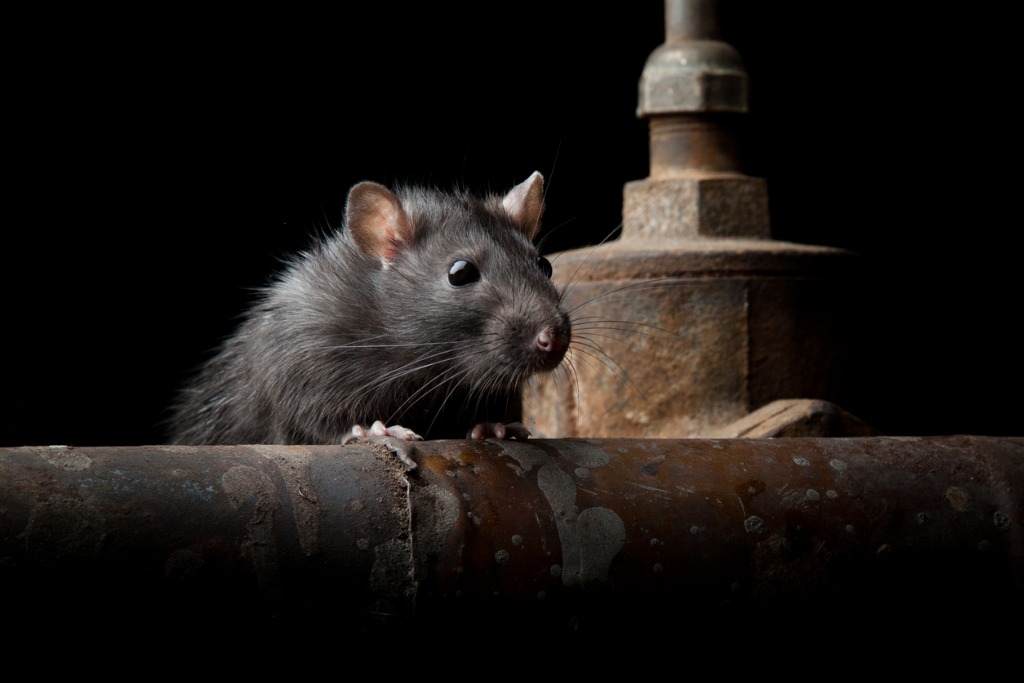
Rat fever in monsoon: What it is, how it is caused, and how you can prevent it

With the onset of the monsoon, the number of Leptospirosis or rat fever cases in India has spiked. In flood-ridden areas, rat fever poses massive risk and one must take extreme care during monsoon.
What is rat fever or leptospirosis?
Leptospirosis or rat fever is a bacterial infection that can be transmitted from animals to humans.
Two distinct bacteria cause it. In North America, Streptobacillus moniliformis is the sole reported cause of Rat-Bite fever (RBF). In Asia, Spirillum minus is common and leads to spirillary RBF — also called sodoku.
How does one contract rat fever
It primarily spreads through direct contact with urine or faeces from infected animals such as dogs, rats, or farm animals. During floods, chances of contracting leptospirosis increase due to widespread contamination of water sources. Also, inadequate sanitation practices add to the spread of the infection.
Bacteria thus can enter the body of a healthy person through cuts and wounds that come into contact with contaminated water. The infection does not transmit from one person to another.
Also Read: Dishcloths breed harmful bacteria; here’s how to clean them properly
How is it detected?
The diagnosis involves detecting the presence of bacteria in various samples, such as skin, blood, joint fluid, or lymph nodes. Blood antibody tests and bacterial culture can also be done.
What are the symptoms?
Rat Fever has several symptoms and signs. These include fever, vomiting, headache, muscle pain, and joint pain or swelling – which affects approximately 50% of infected individuals.
Additionally, a rash also occurs in about 75% of rat fever cases.
How long does it last?
Symptoms caused by the infection typically subside within a span of two weeks. If left untreated, symptoms such as fever or joint pain can persist and reappear for several weeks or even longer.
What if rat fever is left untreated?
Wrong diagnosis or untreated rat fever can potentially cause life-threatening complications.
Some of these complications include permanent kidney damage, liver failure, pneumonia, meningitis (inflammation of the spinal cord and brain membranes), myocarditis and endocarditis (heart infections), and sepsis (blood infection).
If left undiagnosed or untreated, infection can even cause death.
Also Read: World Sickle Cell Day | Sickle cell anaemia 11 times deadlier than thought: Study
Is it curable?
When rat fever is suspected, immediate treatment with antibiotics is crucial, which increases chances of recovery.
A patient will be prescribed antibiotics for the infection. It is essential to strictly adhere to instructions regarding the dosage and duration of the antibiotic treatment. Even if you start feeling better, it is vital to complete the full course of medication.
The standard treatment for the infection involves the use of antibiotics such as Penicillin, Erythromycin and Tetracyclines like Doxycycline.
How can you prevent rat fever?
Avoid touching fresh water or soil that may be contaminated with animal urine. Also, avoid touching objects that may be contaminated with animal urine, such as animal bedding.
Don’t wade, swim, or put your head in floodwaters or water from lakes, rivers, or swamps. In particular, avoid freshwater contact after flooding or heavy rain. Avoid wading in floodwaters or other fresh water, wear protective clothing like footwear and cover cuts and wounds with waterproof bandages or dressing.
Make water safe to drink by boiling or using an appropriate chemical treatment


